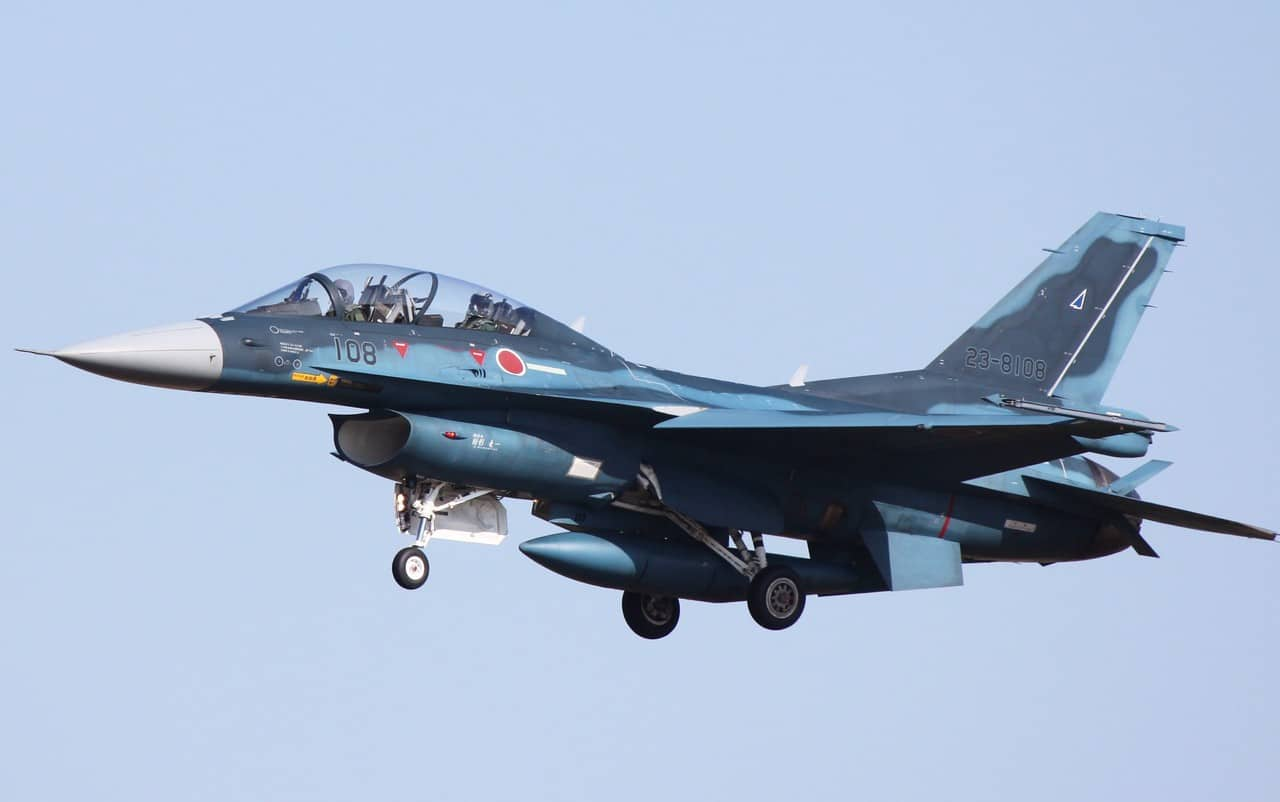
The Mitsubishi F-2 may not get the same international admiration as the F-16 or F-35; however, within the scope of Japan’s air defense strategy, it ranks as a very important member. The plane is no longer a simple multirole fighter, but rather the result of Japan’s resolve to go beyond its limits in technology while still relying on the US for a few things. As a consequence of putting that much effort, what came out was a very dependable and efficient aircraft specifically designed to be suitable for the Japanese territory.

The origin of the story is traced back to the early 1980s when the FS-X program, under the control of the Japan Technical Research and Development Institute (TRDI), started. The idea was really daring: design a fighter that would be optimal in terms of range, agility, and defense over Japanese territory. However, the feasibility of creating a totally homegrown fighter jet was prohibitively expensive and complicated at that time. Such a fact paved the way for a deal with the United States, which made it possible to drastically change the F-16C Block 40 to a more specialized one.

Despite the plan of building a new design that borrowed heavily from the F-16, FS-X rapidly came to be an independent machine named F-2. Almost all Mitsubishi Heavy Industries’ major part redesigns were done under its aegis. The wings were sized up to approximately 25 per cent, thereby increasing the lift, payload, and low-speed handling. The front part was remodeled as per the requirements of Japan’s sophisticated AESA radar, while the reform was also done in the back, the tail surfaces, and the air intakes. Even in flight control software, a domestically written version was used, which is a strong indication of Japan’s intention to keep its independence in crucial technologies.

One of the aspects that made the F-2’s design unique was the emphasis on the maritime strike capability. Japan required a fighter that was armed with the capability of carrying four anti-ship missiles, such as the ASM-1 or ASM-2,2, thus having the ability to monitor and secure the long coastlines of the country.

To fulfill this condition, the airframe had to be strengthened, and the large wings had to be designed so that the heavy missile loads could be carried without any loss in the aircraft’s performance. Furthermore, it is to be noted that although the fighter was engaged in a ship attack, it was also equipped for air-to-air combat and precision ground strikes.

Realizing the dream of taking the place of the old Mitsubishi F-1, the F-2A was introduced in the late 1990s. With the combination of General Electric F110-IHI-129 and a top speed of Mach 2, it was quite adaptable in terms of the extensive variety of its armaments.

The jet was not only compatible with the American AIM-9Ls and AIM-7Ms but also with Japan’s AAM-3 and AAM-4 missiles, thus it allowed flexibility throughout different mission types. Due to its sturdy wings, it was also capable of carrying heavier munitions such as JDAMs, cluster bombs, and rocket pods.

The F-2 has been kept contemporary through a chain of continuous upgrades. One of the major enhancements was the introduction of the J/APG-2 AESA radar, utilizing gallium nitride technology. The performance of this update was tripled, and the detection range was extended to 120 kilometers. It also allowed for easy integration with advanced missiles like the AAM-4B, which is equipped with its own AESA seeker.

The strike potentials were further developed with the help of the Sniper targeting pod that enabled the F-2 to be the sole guide of precision bombs like the GBU-54 L-JDAM. Additional updates included were a new mission computer, Link 16 datalink for networked operations, and the integration of the newest standoff and anti-ship weapons, such as ASM-3, ASM-3A, and the updated Type-12 surface-to-ship missile.

The point is that even from the beginning, the F-2 was not simply a fighter but a platform that took into account Japan’s geographical and defense necessities. It has done its job well in maritime strike missions, air defense, and precision ground attacks. However, production of the aircraft was stopped at simply 94, because of the high cost and the introduction of the F-35; nevertheless, the F-2 remains as one of the major aircraft in Japan’s air power.

In the end, the tale of F-2 is a cooperation and determination story. It is not the most acclaimed jet worldwide, but that was not its objective. It was designed to be fit for a certain mission profile, and it is still doing so. At the same time, it confirms that a country can combine foreign partnerships with its own originality to build something that fits its needs perfectly.
